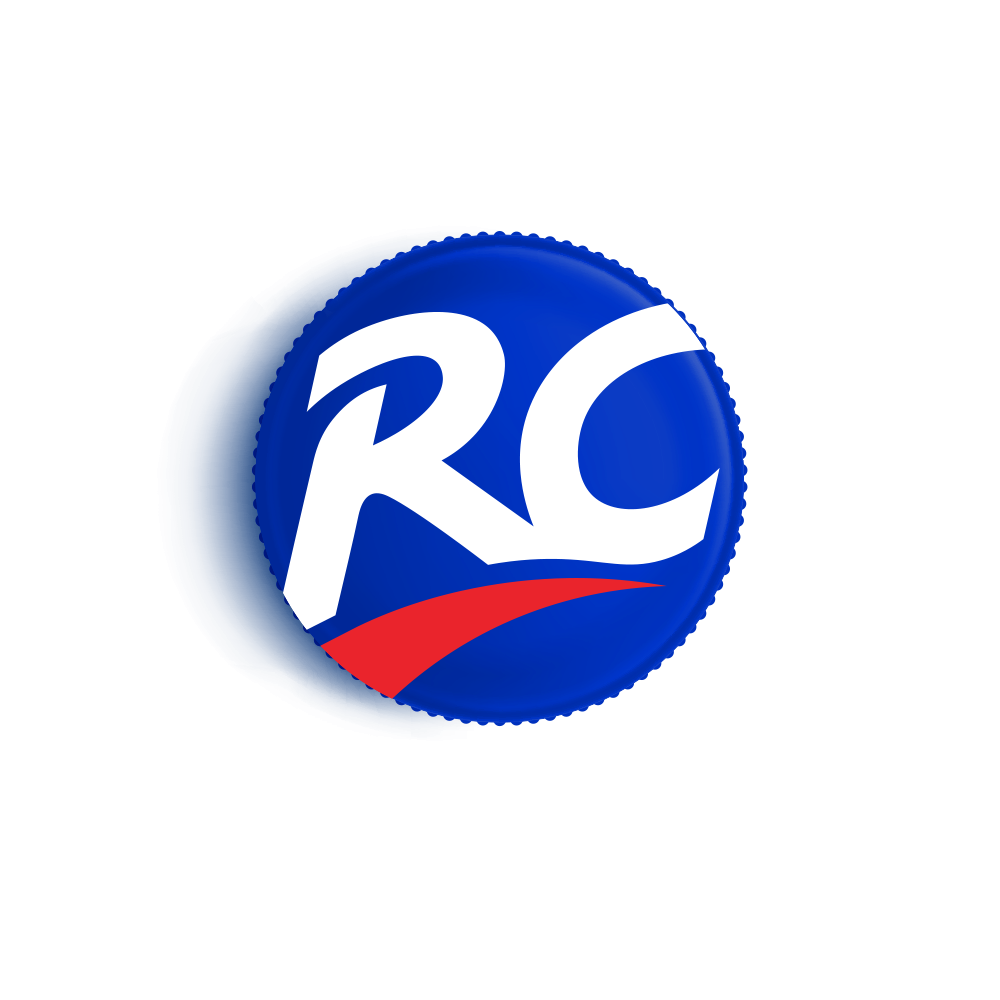As bottlers look to diversify their product offerings, many are wondering whether investing in craft sodas or mass produced beverages is the way forward.
A specialty treat often featuring premium ingredients and produced in small batches, craft sodas have exploded in popularity in recent years. Mass produced beverages, which are created in large quantities, continue to be a beverage industry powerhouse that helps bottlers boost their revenues and strengthen their businesses.
Here are the main differences between them:
1. Slower sales volume vs. quick impact
The speed of market penetration is a meaningful difference between craft soda and mass produced beverages. Craft soda can maximize revenue for brands and increase their market share, but because it’s made in small batches, it has a slower market penetration rate.
That means it can take longer for a brand to see a boost in their revenue from an uptick in sales of the product. Conversely, mass produced beverages enable faster market penetration, due to the sheer volume of products that reach the shelves and are purchased by consumers.
2. Less Inventory, More Flexibility
Because craft soda is produced in relatively small amounts, it’s far easier for companies to be more flexible to changing consumer demands and beverage trends. Less stock is held as inventory, meaning that tweaking a formula or flavor - or even scrapping an offering that’s not resonating with customers - has less of a financial impact.
Comparatively, mass produced beverages are inflexible to consumer trends due to high volumes of inventory. Stock needs to be sold through before major changes can be made to the ingredients deck, packaging or branding. Otherwise, it’s very likely that the business will take a serious hit to their revenue and bottom line.
3. Price Points
Craft soda is associated with higher quality ingredients and a luxury experience, so consumers are willing to pay more for it as a premium product. Due to this higher price point, you are more likely to sell less overall than that of a mass produced beverage. Your profit margins however, are typically higher. In comparison, mass produced beverages are sold at a lower price point (generally three times less than craft sodas), but due to their affordability, typically sell at much higher volumes.
“An emerging trend before the pandemic and boosted in its wake, consumers are re-evaluating their diets as they look to improve their health.” says Mike Hughes from Food & Beverage Insider. “This can also help make beverage categories appear more premium.” A craft soda that is naturally lower in sugars, whilst at a higher price point, addresses this trend.
4. Buyer Demand
Recent years have seen a shift in beverage trends for craft soda demand. According to research, the craft soda market is expected to reach a staggering $855.22 million by 2028, and brands would be wise to cash in on the phenomenon.
Consumers drive the demand for specific trends. They have expressed a preference for artisanal beverages that are healthier and use less sugar. They also enjoy beverages that feature classic, nostalgic glass bottling that calls to mind happy memories of simpler times. Due to this, craft beverages have continued to explode in popularity.
5. To scale or not to scale
Beverages produced in large quantities enjoy favorable economies of scale. There’s a significantly quicker turn around in mass produced beverages than small batch, craft sodas, which means products are created and sold at faster rates. However, with large amounts of inventory on hand and broad production, there’s far less margin for error.
The Benefits and Drawbacks
There are pluses and minuses to each method. It’s up to you to weigh both sides of the equation and determine what is the best strategy for your brand.
A major benefit of craft production includes the ability for your brand to react more nimbly to trends. Smaller batches of product mean less initial investment and increased agility in meeting shifting consumer preferences in real-time.
You can also offer your craft beverage at a premium price point that’s reflective of the higher quality of ingredients used in the product. But due to the lower volume of product that defines a craft offering, lower overall market penetration is something to take into consideration.
Mass produced beverages enjoy higher profits thanks to wider distribution, lower overall cost per item due to economical production, and larger market penetration overall. But a higher initial investment for set up, high stock level inventory, and a lack of flexibility are all aspects of mass production that you should consider.
A “best of both worlds’ approach is the ideal solution. This way you have the flexibility of a premium quality artisanal product that complements your mass produced beverage offerings. This method enables you to target several demographics, maximizing your market penetration and your bottom line.
From our Royal Crown Craft Soda to our mass produced beverages, RC Cola has been a pioneer in helping bottlers recognising trends early on and striking the perfect balance between craft soda and mass production beverages. For more on how to develop and implement the right production strategy for your brand, get in touch with us.


.png?width=2000&name=craft-14-15%20(1).png)




